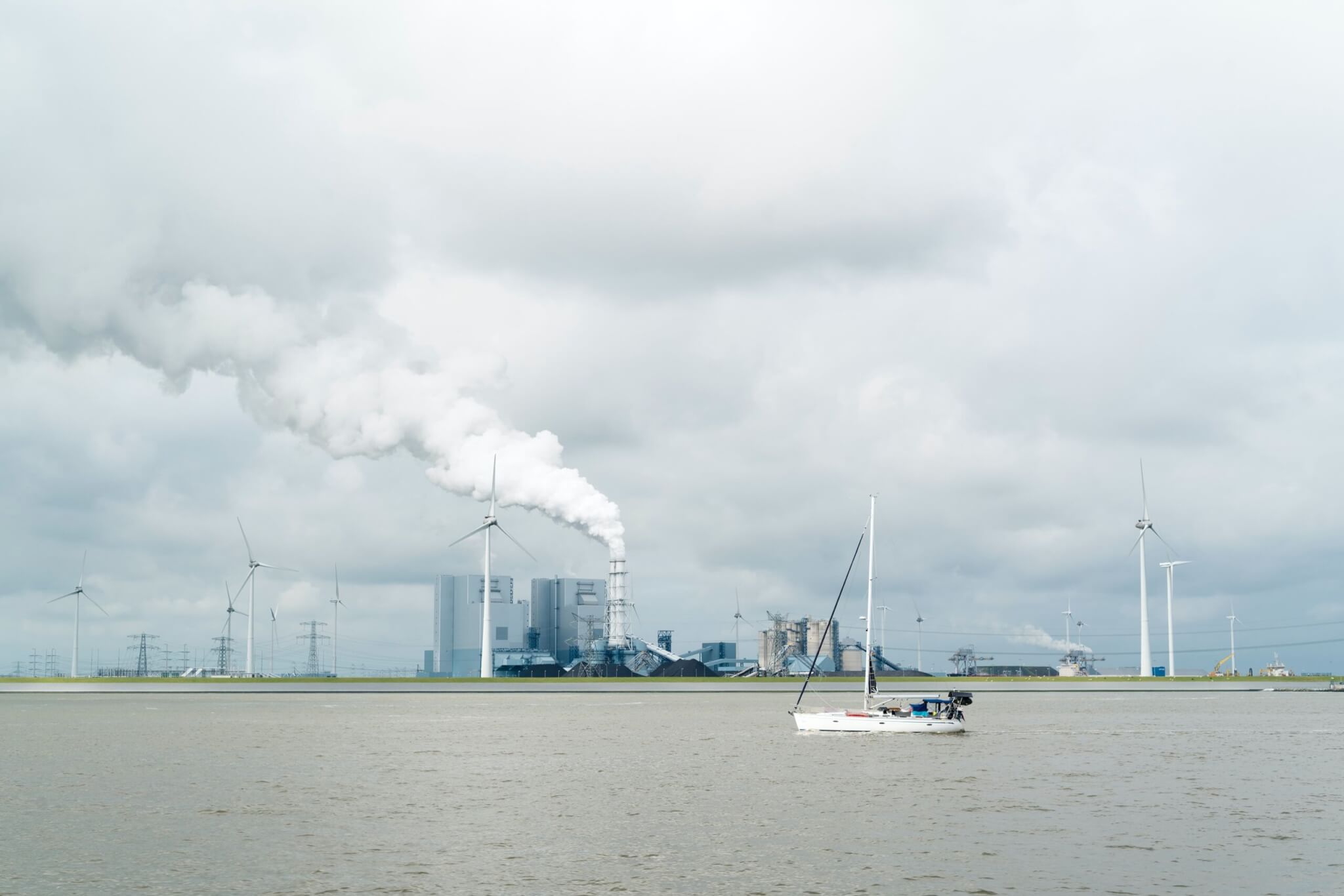Wind energy developers suggest how to significantly accelerate the development of the sector
The current level of wind energy development in the country is insufficient and projects are taking too long to develop, although there are a number of easy ways to fix this, according to wind energy developers. Dissatisfied with the situation in the country’s energy sector, participants identified and proposed a number of simple solutions that would help Lithuania build its energy muscle faster.
According to Litgrid, Lithuania’s electricity transmission system operator, last year Lithuania consumed a record 12 terawatt hours (TWh) of electricity. Renewable energy sources accounted for only half of the country’s electricity generation.
“Last year, Lithuania’s wind farms generated only 11.5% of the country’s final electricity demand (1.36 TWh). We were expecting a much better result at the start of this year, but by the end of the year we are no longer so optimistic. Of course, wind generation is strongly influenced by wind conditions, but with more wind farms we could increase the amount of electricity we generate. The development of wind energy is inevitable for the stability of the energy sector”, comments Edgaras Maladauskas, Acting Director of the Lithuanian Wind Energy Association (LVEA).

Calls for simplified procedures and cooperation
According to the LVEA Acting Director, the development of wind energy in Lithuania would be most boosted by simplified procedures for issuing permits for wind farms and closer cooperation between the country’s various institutions.
According to European Union recommendations, permits for the construction of wind farms should be issued within 2 years (24 months). In Lithuania, the current average timeframe is 36-42 months, and often even longer. Developers are frank: this is far too long and the ambition is to speed up the procedures by at least two times. According to Maladauskas, there are a number of ways to shorten the time limit.
“For example, in areas where there are already specific plans for wind farms, it is not appropriate to require developers to undergo an Environmental Impact Assessment (EIA) procedure. Another time-consuming process is bird monitoring, which needs to be carried out throughout the year before the project is developed. It would be more appropriate to carry out the bird monitoring during the design and construction of the wind farm, thus dispensing with the EIA, for which the EIA screening should be sufficient. We currently have machinery that scares away birds, so there are certainly solutions for a harmonious coexistence between birds and wind farms. In fact, the EIA and EIA screening processes should be significantly shortened and simplified, as they currently take far too long, up to 12-18 months, to be coordinated,” said Mr Maladauskas.
Wind energy project developers also have comments on Litgrid’s performance – the lack of specialists is hampering faster grid modernisation and connection of generators, as well as projects to modernise market rules.
“Currently, there are no clear regulations on how long developers have to respond to the issuance of connection conditions, and there are no set deadlines for the coordination of technical projects. This would be much needed for smoother project planning. The processes are unreasonably long, sometimes taking as long as half a year – and this is just one part of wind farm development. “Ligrid should set clear deadlines and increase the number of specialists to ensure that developers receive answers within an adequate timeframe,” said Mr Maladauskas.
The coordination of solutions with the Road Directorate, which is cooperating in the preparation of the project solutions, also takes too long. The authority is involved in the preparation of the transport of the wind turbines to the construction sites – the route is prepared, the loads are calculated and, if necessary, certain sections of the road are reinforced and plants are pruned. LVEA members believe that time limits are also needed for these permits.
“Consistency and timeliness is what developers need to develop projects more smoothly and quickly”, he concludes.
Development benefits the national economy
According to Maladauskas, the targeted development of wind energy would not only help to reduce the unprecedentedly high cost of electricity, but would also benefit the country’s overall economy.
“Every year, wind farm developers contribute to municipal budgets through real estate and production taxes, and communities in the vicinity of the parks receive significant support. At the same time, by increasing the amount of electricity produced in the country, we can reduce imports and thus hedge against the electricity price shock we are currently experiencing. By expanding our wind energy capacity, we even have the potential to become an exporting country and generate additional revenues,” says Mr Maladauskas.
The manufacturing industry, which is highly sensitive to electricity prices, could also expand thanks to renewable energy – cheap electricity could help attract multinational companies relocating their production to European countries. “This would ultimately translate into higher taxes, rising wages, a better quality of life, and, as a result, a higher birth rate and faster progress for the country”.
0 Comments
Post a comment
You must be logged in to post a comment.


